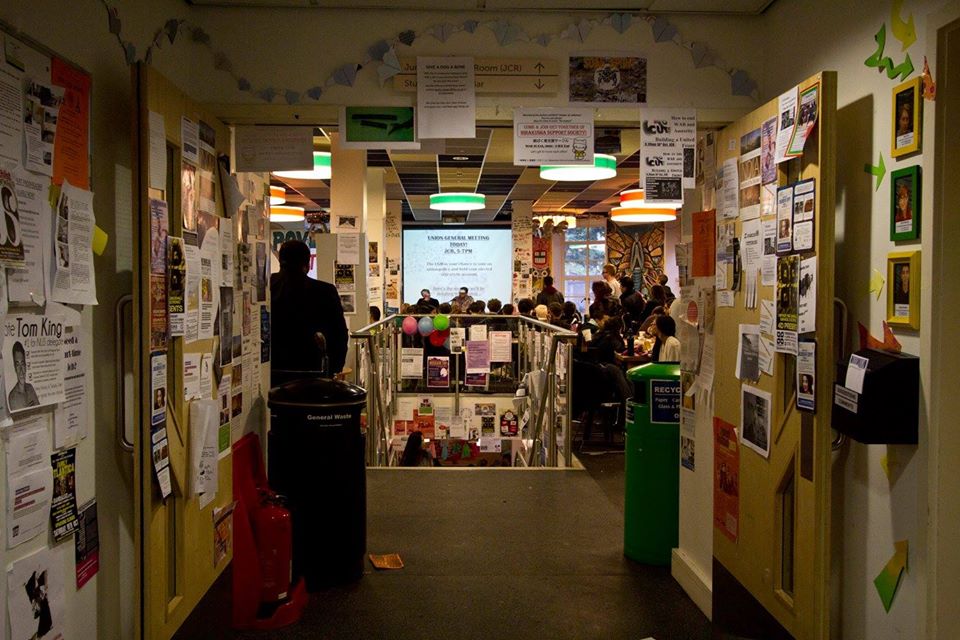Tamara Harvey, BA Politics and International Relations
Last December SOAS Unicef on Campus Society was targeted by international media. They were inundated by requests for articles, radio and television appearances. A comedian’s tweet about an event the society was planning, and which he had agreed to perform at, re-ignited a national debate on perceived threats to freedom of speech.
Front-page articles on every major UK news outlet featured the story and the alleged backlash the society faced. High-profile comedians such as John Cleese were quick to defend the comedian the society allegedly tried to oppress. Newspapers as far as China, Australia and the US ran the story, with CNN and even Breitbart News devoting a sizeable part of their home pages to the society. In a lengthy disjointed rant on his “Good Morning Britain” show, Piers Morgan labelled the society “Student Special Snowflakes of the Year”, and invited the society to explain and debate their stance on the show.
Despite the persistent and invasive requests of journalists, the society declined to engage in this “freedom of speech” debate, and have felt no need to justify their stance. What was most interesting about this story was not how their cautions — designed to prevent hate-speech violating our University’s safe space policy — caused great offense to those who labelled them “snowflakes”. Nor in the irony that SOAS and its students are on the frontline of fighting real state-led restrictions to freedom of speech, such as the Home Office’s racist Prevent programme. Instead, the most confounding element was how innocuous actions by the society became a viral news sensation. It is apparent that SOAS is a popular target of UK tabloid scrutiny and complaints against “PC culture”, but the international element of this story meant it required both sustained media effort to connect our private charity comedy event to a narrative in which it did not belong, and a complete disregard for the facts involved.
The pressure to produce click-bait news forces journalists to search and report stories before they can unfold. In this case, the “viral” tweet only had hundreds of retweets when it was first picked up by the press. Aside from a few unpleasant replies on Twitter, we experienced none of the public outcry, backlash, or criticism that was referred to in the press. Their stories were not backed up by relevant evidence. Journalists have always carried the responsibility, and power, of determining what events are newsworthy. However, the implication here is that journalists are no longer just reporting and educating, but creating the events.
However, the implication here is that journalists are no longer just reporting and educating, but creating the events.
It was for this reason that a comedian was able to claim that students’ efforts to ensure a safe environment, were “ideological oppression”, frequently comparing our requirements to conditions in his birth place — the Soviet Union.
But it’s not the comedian capitalising on this moment of attention that created the story — interestingly, since his first press exposure, his Twitter page has increasingly re-oriented towards a right-wing audience. The questionable link between our content restrictions and freedom of speech issues was made by the first journalist to pick up the story” a reporter for a small US conservative news site. Later articles maintained this, with parallels drawn to stories of comedians being no-platformed in the US. Despite a clear bias here, these were presented as authoritative news without acknowledging it was an opinion.
Additionally, the instant proliferation of this story, which was copy and pasted across media platforms, lead to an increasingly inaccurate image. Even trusted sources ended up with articles no longer an even passing resemblance to original facts. We are often warned of the danger of fake news, said to be created and disseminated by malicious actors with a determined agenda to exert control over political landscapes. The creation of this story did not have these features, yet it was certainly a deliberate distortion of facts in order to facilitate a particular, politically-charged narrative.
The lesson here is that media consumers need to think carefully about the news we digest, and the purpose it serves. Journalists have a disguised power, not just in selecting what is newsworthy, but in interpreting it on the consumer’s behalf. Journalists tell us not just what to think about, but how we should think about it.
